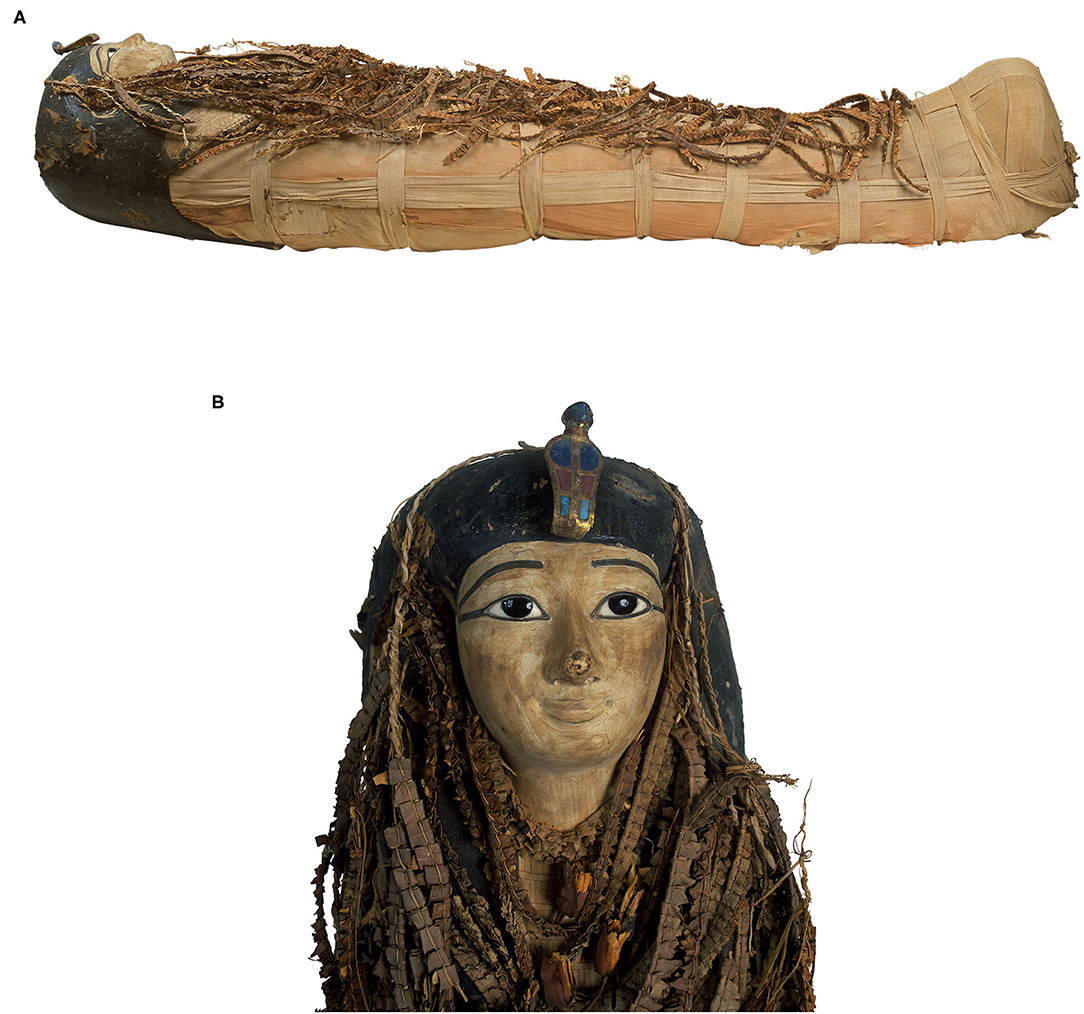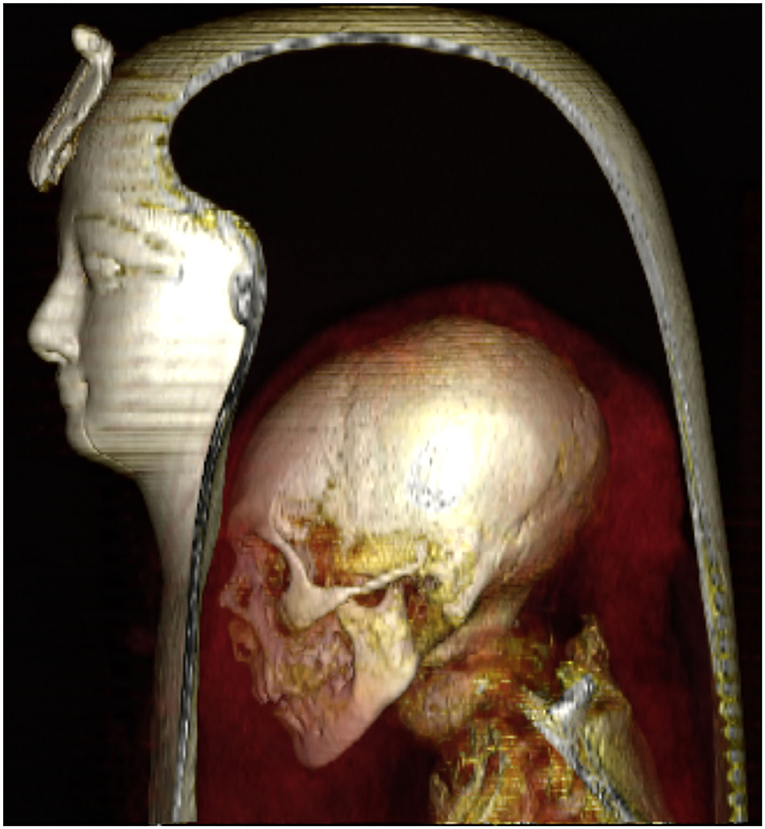The products and services mentioned below were selected independent of sales and advertising. However, Simplemost may receive a small commission from the purchase of any products or services through an affiliate link to the retailer's website.
Scientists used state-of-the-art medical technology to unveil the secrets beneath the wrappings of a 3,000-year-old mummy from ancient Egypt. In a study published at Frontiers in Medicine, the team of scientists described how they were able to scan inside the mummified remains without having to disturb the antiquated wrappings.
The mummy of Pharaoh Amenhotep I, who ruled from 1525 and 1504 BC, has never been opened by scientists because of its pristine condition. Even though other mummies found by archeologists of the 19th and 20th centuries were unwrapped and studied, scientists agreed to keep Amenhotep I’s wrapped remains untouched to preserve their condition.
The team that digitally “unwrapped” this mummy came up with a way to study the remains without tampering with the delicate mummification process, according to Dr. Sahar Saleem, professor of radiology at the Faculty of Medicine at Cairo University and the radiologist of the Egyptian Mummy Project, the study’s first author.

“By digitally unwrapping of the mummy and ‘peeling off’ its virtual layers — the facemask, the bandages, and the mummy itself — we could study this well-preserved pharaoh in unprecedented detail,” Saleem said in a press statement.
Saleem said the team used CT scan technology available for current diagnostic medicine to look beneath the ancient bandages to learn more about the pharaoh king, including his life, his death and the history of his remains.
“We show that Amenhotep I was approximately 35 years old when he died. He was approximately 169cm tall, circumcised, and had good teeth,” Saleem said in the statement. “Within his wrappings, he wore 30 amulets and a unique golden girdle with gold beads.”
“Amenhotep I seems to have physically resembled his father: he had a narrow chin, a small narrow nose, curly hair, and mildly protruding upper teeth,” he continued.
The 3D scan gave a clear image of Amenhotep I’s skull and body in detail rarely seen before.

In addition to seeing the remains, scientists were able to determine that the body was repaired and reburied after death. Hieroglyphics have revealed that during Egypt’s 21st dynasty, priests repaired and re-buried mummies after grave robbers plundered the king’s resting place and body.
“We show that at least for Amenhotep I, the priests of the 21st dynasty lovingly repaired the injuries inflicted by the tomb robbers, restored his mummy to its former glory, and preserved the magnificent jewelry and amulets in place,” Saleem said.
The 21st dynasty lasted from approximately 1070-945 BC, so those repairs have now held for 3,000 years.
This story originally appeared on Simplemost. Checkout Simplemost for additional stories.


